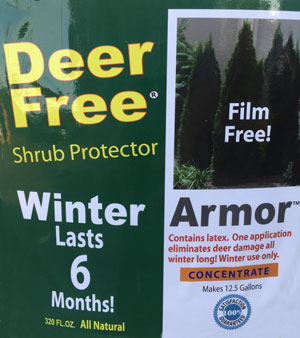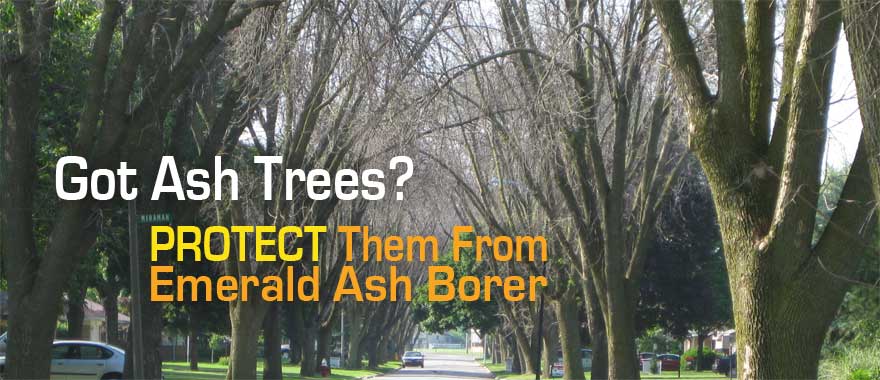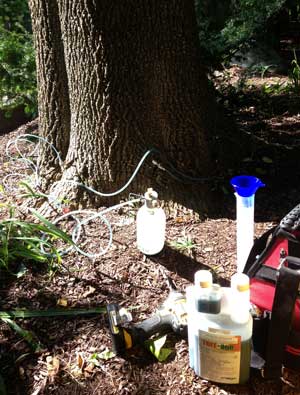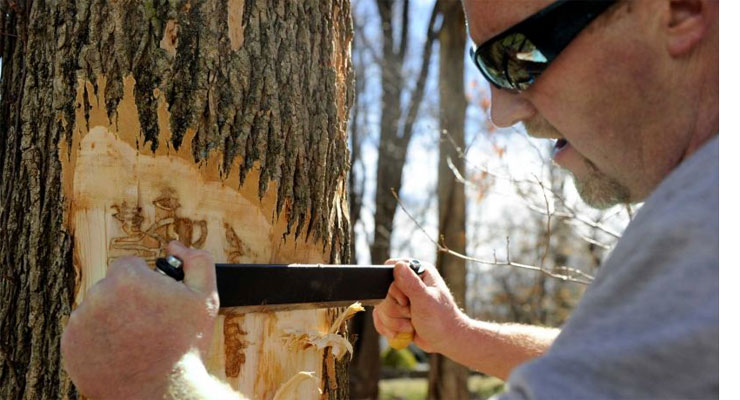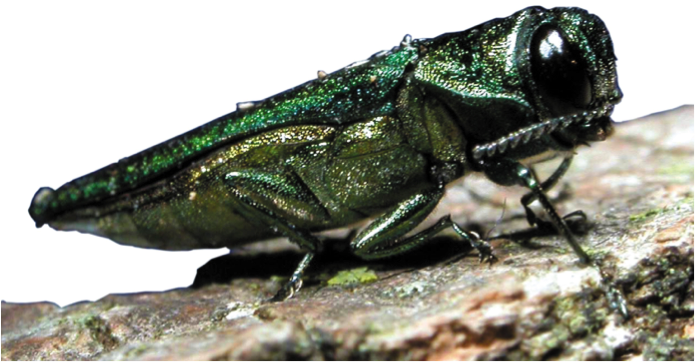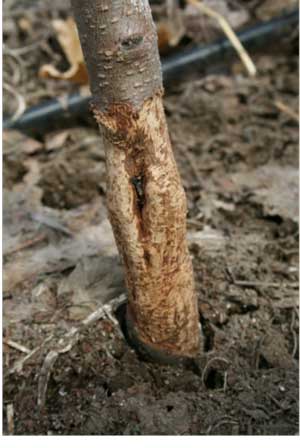You can help prevent a beer, wine, and fruit shortage in Connecticut – by keeping an eye out for a sneaky, hitchhiking, spotted invader called the spotted lanternfly.
What is the Spotted Lanternfly?
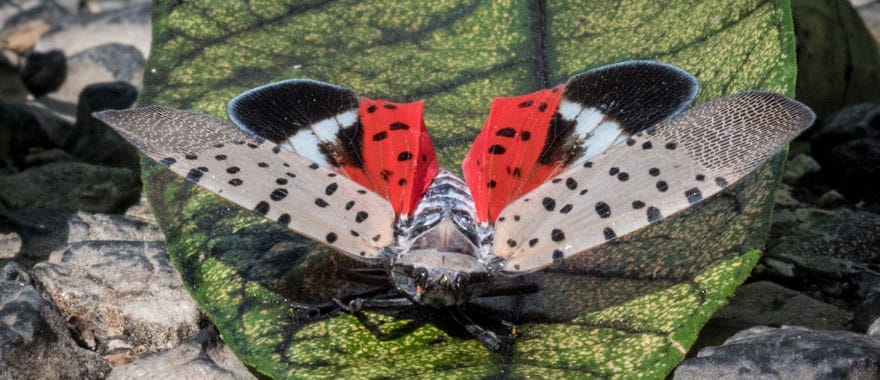
Get to know the spotted lanternfly, an invasive pest that could destroy agricultural crops, trees, and plants
The spotted lanternfly (SLF) is a pest native to China, India, and Vietnam. And while it is spotted (and quite colorful), it is more closely related to a grasshopper than a fly. It gets wings at adulthood, but it spends much of its life hopping rather than flying. So, then, you might wonder, how did this pest spread?
People.
The spotted lanternfly is a skilled hitchhiker, hitching a ride on vehicles, firewood, outdoor equipment, plants, bricks, construction equipment…pretty much anything that’s not moving. Spotted lanternflies lay egg masses on nearly any relatively smooth surface and if the egg masses are not spotted and the object is transported elsewhere, the spotted lanternfly has spread.
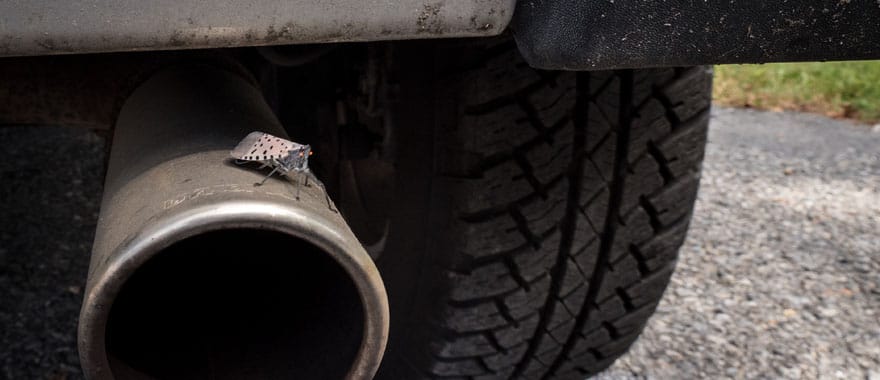
How This Hopping Pest Relates to Hops (and Wines)
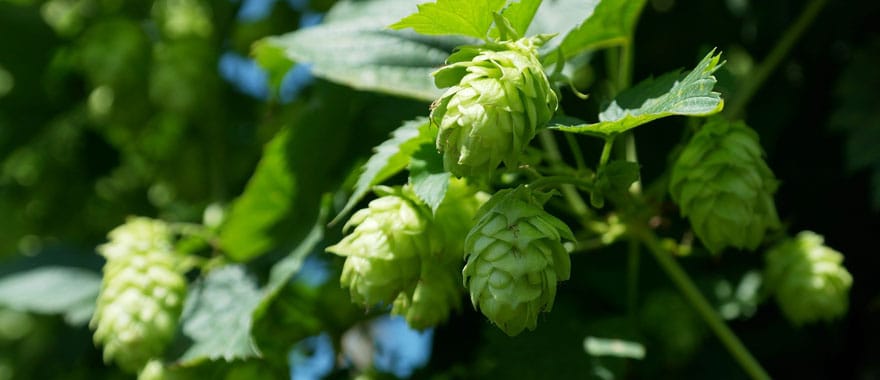
Hop vines, which are needed in beer production, are a favorite snack of the SLF
The spotted lanternfly’s preferred food is the tree-of-heaven (Ailanthus), but there are over 70 different plant species that it will feed on – including hops and grapevines, which, as you know, are needed to create beer and wine.
SLF does damage not only by feeding on plant sap (it’s kind of like a vampire sucking out blood), but they also leave a sugary liquid mess (called honeydew) that attracts other pests. After a while, honeydew enables the growth of black sooty mold, an unsightly fungus that weakens the plant over time.
So yeah, this spotted bug is bad news.
Are there spotted lanternflies in Connecticut?
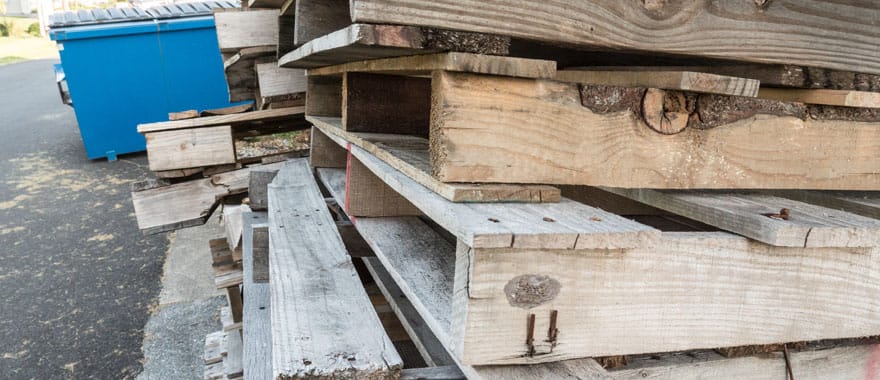
Spotted lanternfly egg masses are grayish and somewhat shiny. Can you spot one in this picture?
One spotted lanternfly was spotted in Southbury, Connecticut in October 2019.
Spotted lanternfly was first found in the United States in Berks County, Pennsylvania in 2014, and has since spread to several other states. Some of those states, such as New Jersey, now have quarantines in place to try to prevent the spread. However, even a quarantine cannot prevent human error, which is why it’s vital that you learn all you can about this pest that could harm the agricultural industry of Connecticut, as well as the trees and plants in your yard.
What should I look for?
SLF egg masses from September through June
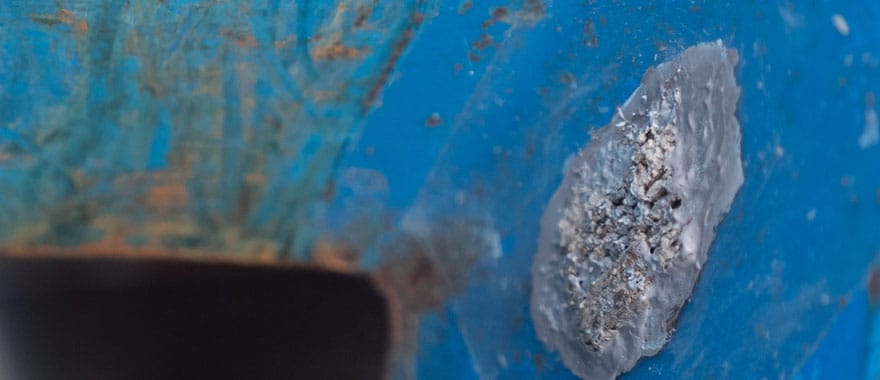
SLF egg mass was hidden inside this dumpster
Eggs are laid from September through December, but may not hatch until June. Look for a gray, shiny blob. They’re not very noticeable, which is why they’ve been able to travel as far as they have already.
SLF nymphs April through September
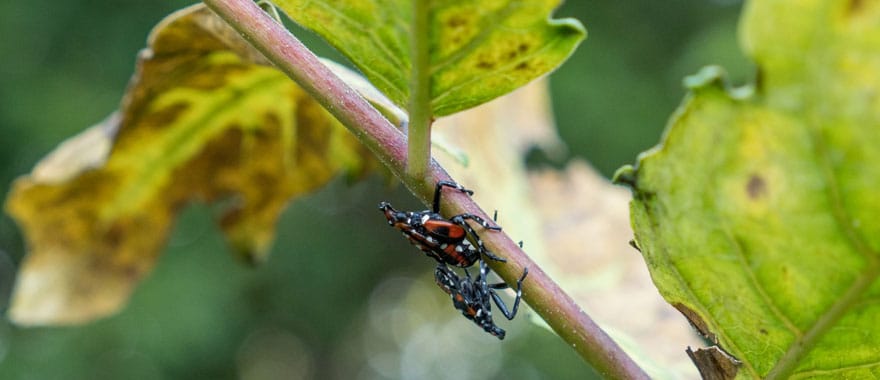
SLF nymphs suck out the inside of plant stems and leaves
Once they hatch, spotted lanternflies go through several stages of nymphs. These nymphs are small and black with white dots and then slightly larger and red and black with white dots. They don’t have wings yet but they will start to feed on young plants (usually the stems and leaves) at this stage.
SLF adults July through December
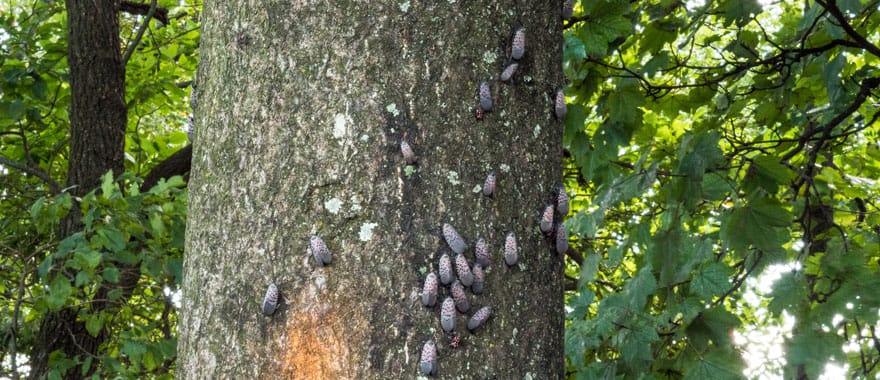
Adult spotted lanternflies swarm on a tree trunk
Spotted lanternfly adults appear in late July, now with wings (though they only fly short distances). Adult spotted lanternflies seem to flock to tree-of-heaven and grape vines at this stage, though they’ll feed on other trees and plants as well.
What trees and plants do spotted lanternflies attack in Connecticut?
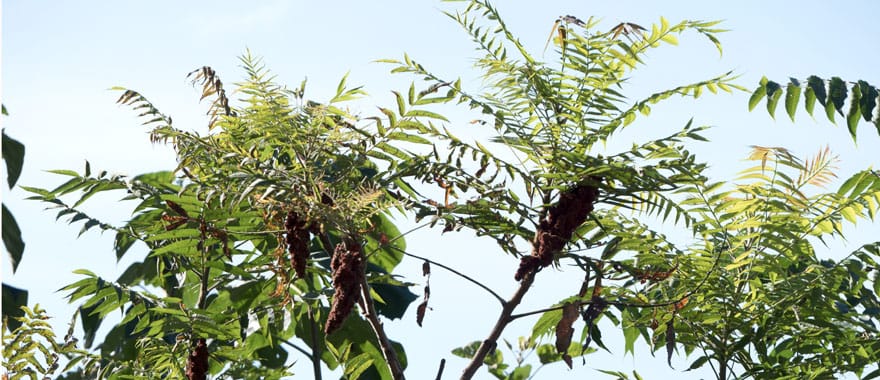
Tree-of-heaven is the spotted lanternfly’s preferred source of food
Already mentioned are the tree-of-heaven, hops, and grapevines. Fruit trees such as apples, cherries, and peaches in Connecticut are at risk from the SLF, as well as almost 50% of our “forest trees.”
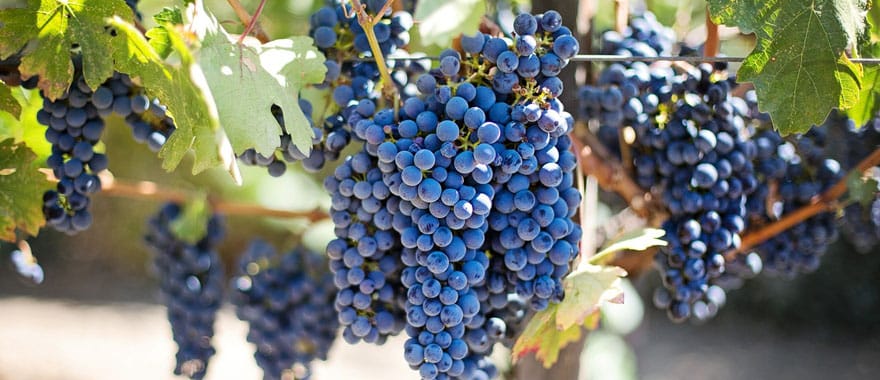
Grapes and other fruits and vines are in danger from the spotted lanternfly
According to DEEP, these are the 10 forest trees most vulnerable to the SLF in Connecticut:
- Red Maple
- Sweet Birch
- Sugar Maple
- American Beech
- Eastern Hemlock
- Eastern White Pine
- Northern Red Oak
- American Hornbeam
- Yellow Birch
- White Oak
What should I do if I see a spotted lanternfly?
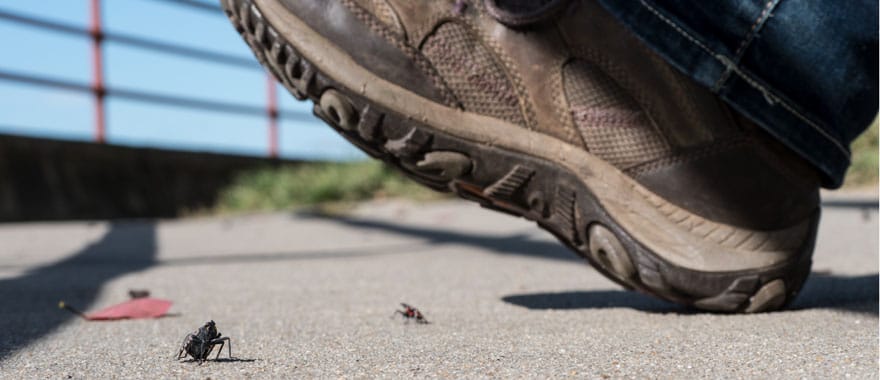
If you see a spotted lanternfly, destroy it and report it!
Here in the states, the spotted lanternfly has no natural predator, so it is up to us to stop it!
If it’s in any of the mobile phases (nymphs or adults with wings), squish it (stepping on it works well). And then take a photo and note your location. Send the picture(s) and location to the Connecticut Agricultural Experiment Station (CAES) at Re*******@**.gov.
If you spot egg masses, scrape them off, double bag them (you can add hand sanitizer to make sure they’re not able to hatch), and report your findings the same way as above. Do not move the object where the egg mass was found from the site!
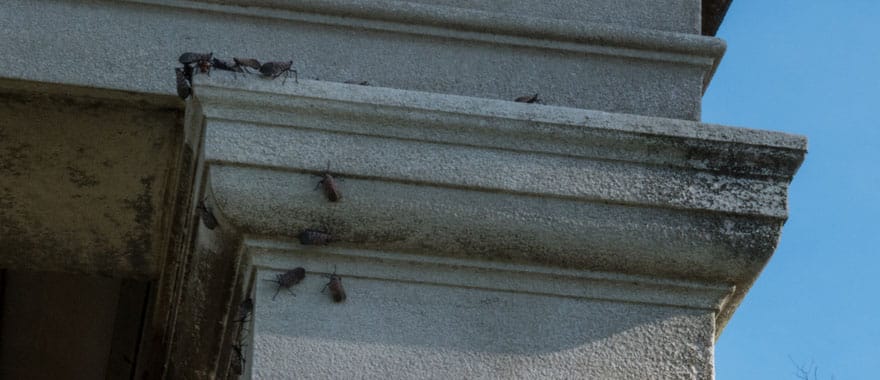 Hopefully, it won’t reach this point in Connecticut, but in Pennsylvania, spotted lanternflies are everywhere. Flying into people’s hair, covering buildings, destroying plants and trees, and more.
Hopefully, it won’t reach this point in Connecticut, but in Pennsylvania, spotted lanternflies are everywhere. Flying into people’s hair, covering buildings, destroying plants and trees, and more.
One man’s sons suggested that he create an app based on how many spotted lanternflies a person could squash – so he did! It is appropriately called “Squishr.” You can find it on the app store here. For Android users, click here.
How can I protect my trees and plants from SLF?
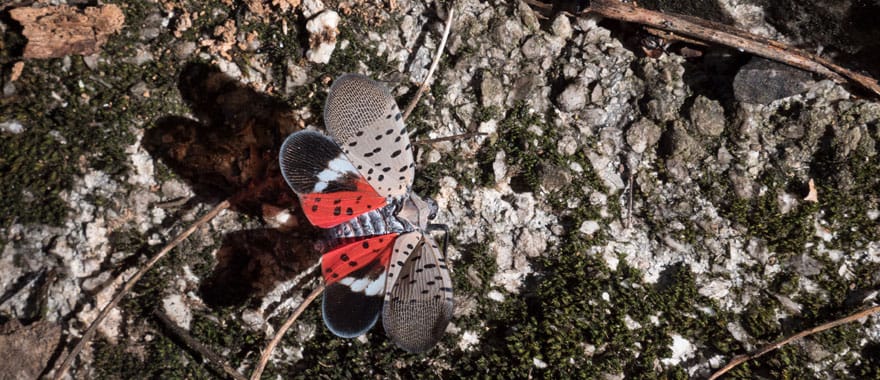
Here are the primary ways to protect your Connecticut yard and garden, as well as our forests and agricultural crops, from spotted lanternfly.
- Familiarize yourself with what the spotted lanternfly looks like and be on the lookout for it.
- Destroying any of these pests that you see.
- If you travel to or from a quarantined area, follow inspection procedures, especially if you are transporting anything that could have SLF eggs attached to it.
- If you have a tree-of-heaven on your property, you may want to remove it. Many consider it an invasive and “weedy” tree anyway, so it is usually a good one to remove. We can help you remove it, grind out the stump, and suggest a different tree for that area instead.
- Look for signs of honeydew and sooty mold in your trees. Call us if you see either as they’re not always a result of SLF infestation; other common and easily treated insects, such as aphids, can cause the same symptoms.
- Check your trees for oozing sap, large numbers of bees or wasps, or an unpleasant fermented smell. These are common signs of SLF feeding.
Sadly, we do expect to see more of the spotted lanternfly in Connecticut this next year. If you spot any damage from SLF or aren’t sure if your trees are tree-of-heaven, contact us for a complimentary inspection.
If you want to protect your trees before the SLF becomes a problem in Connecticut, we have preventative insecticides available. They work best when applied in the late spring or summer and can protect your tree for about a year.
Once the SLF is in Connecticut, we have professional treatment options available to treat the pest. However, at this point, being aware and diligent are the best methods of prevention.
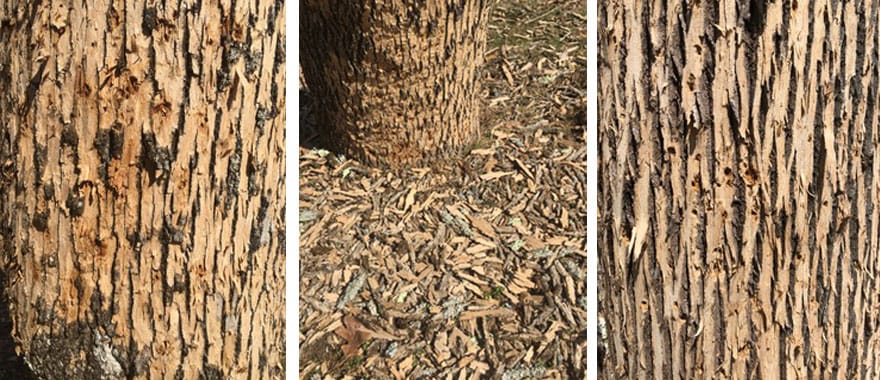
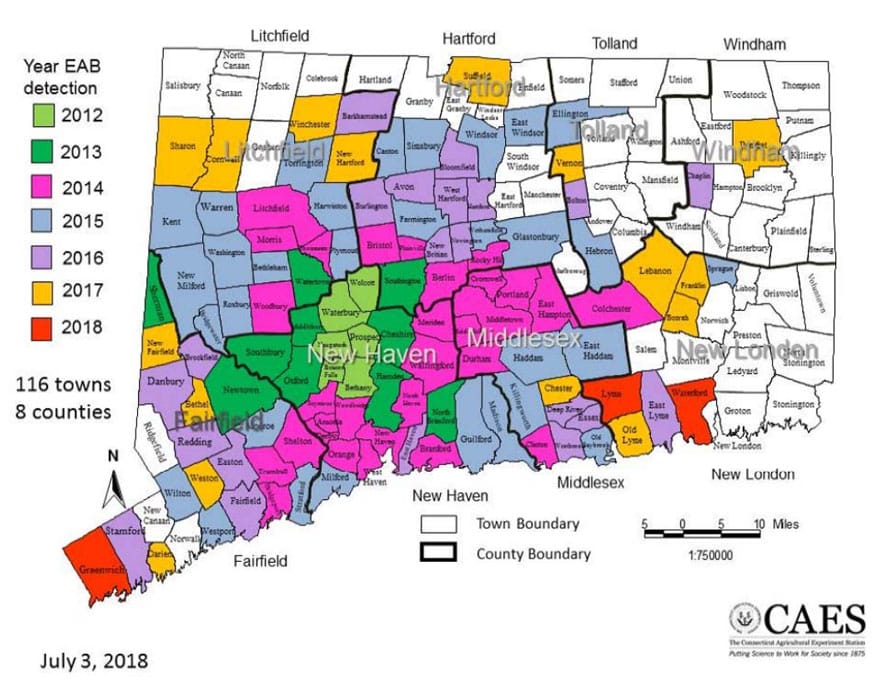
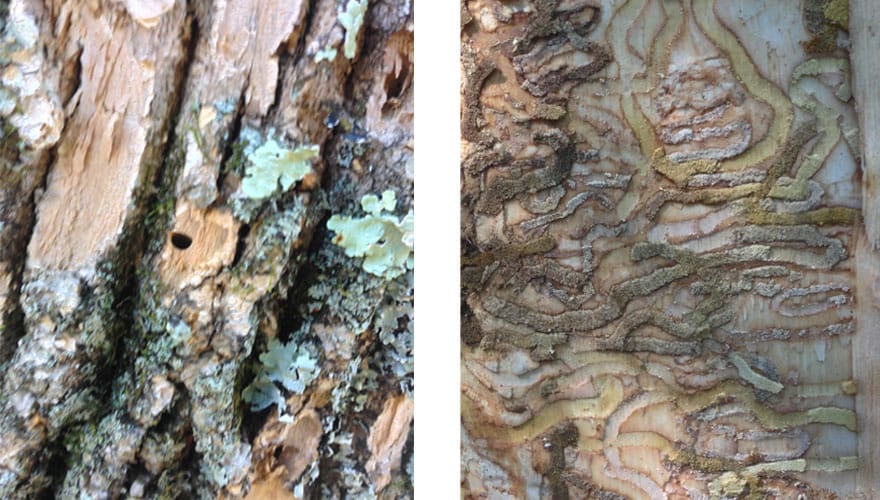
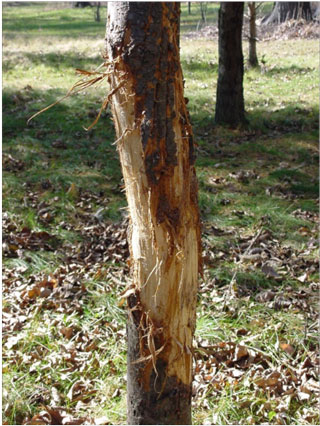
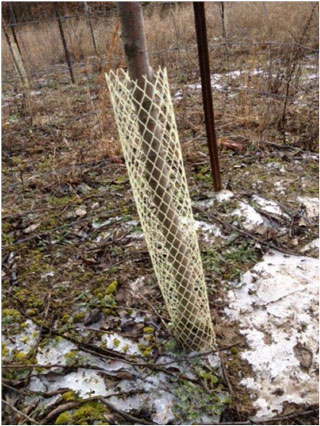
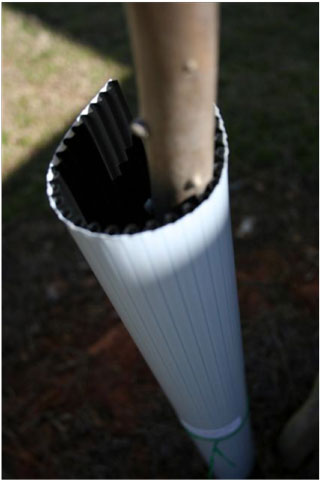
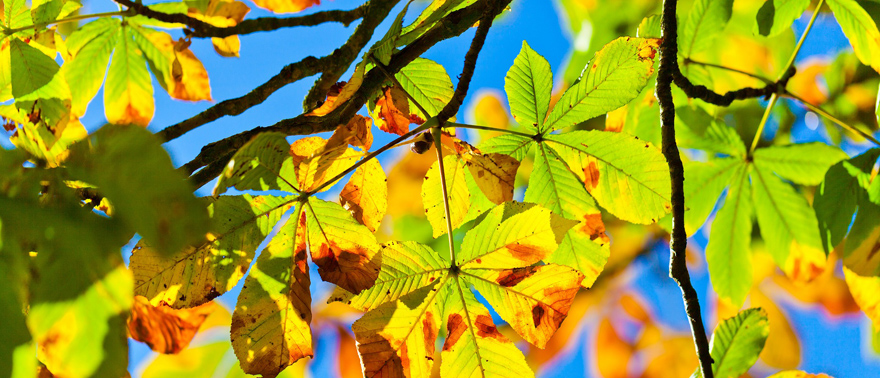
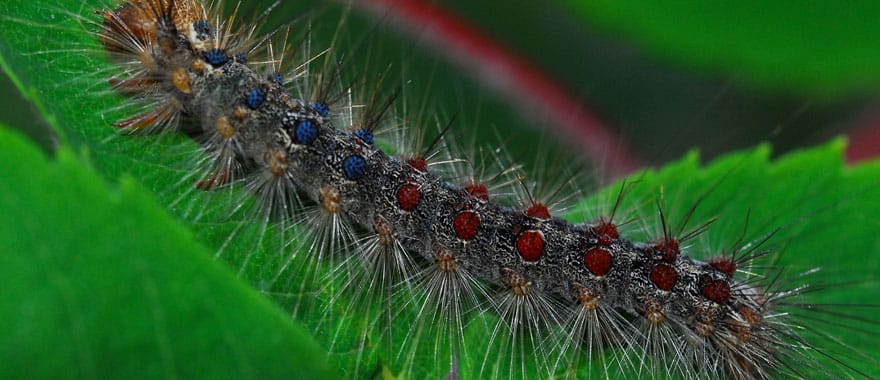
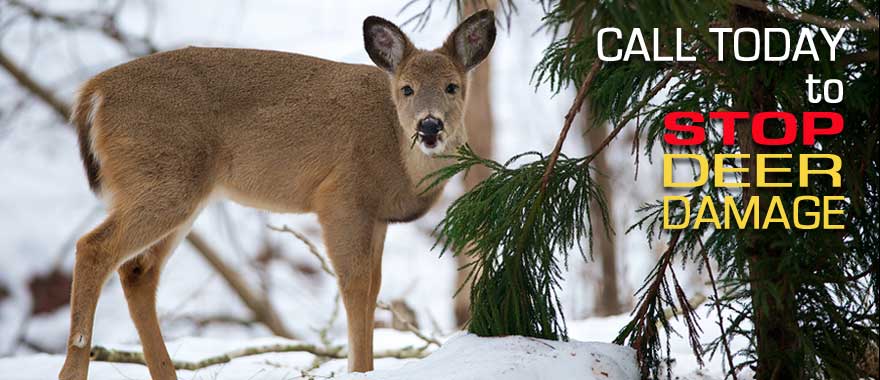 If there are deer in your neighborhood then they’ve probably stopped by your property to feed. As deer populations increase in Connecticut, more and more homeowners are faced with the problem of trying to keep them away from landscape plants, especially in winter when there’s little other food available to hungry deer.
If there are deer in your neighborhood then they’ve probably stopped by your property to feed. As deer populations increase in Connecticut, more and more homeowners are faced with the problem of trying to keep them away from landscape plants, especially in winter when there’s little other food available to hungry deer.